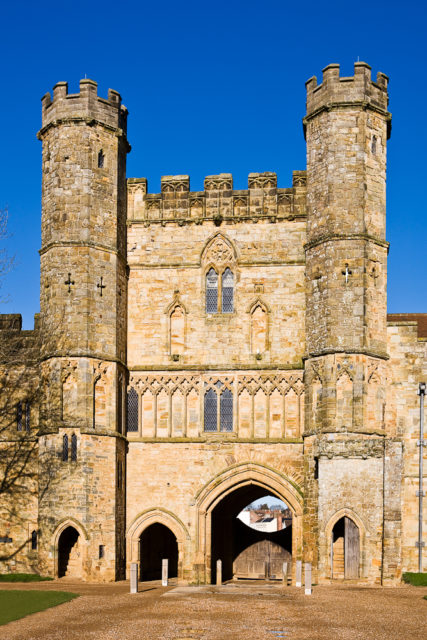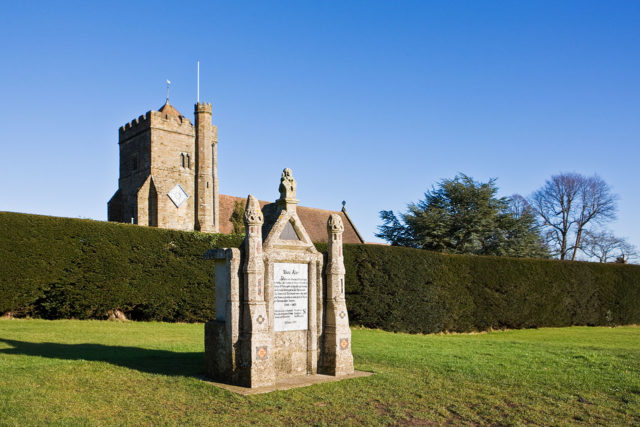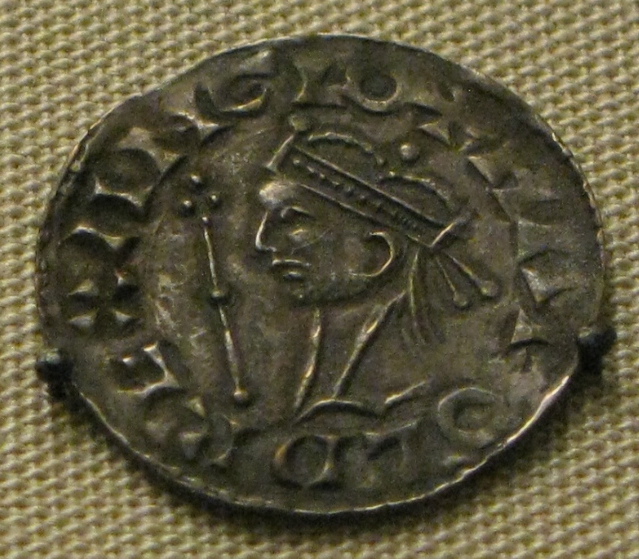To a layman this may sound an insignificant and trivial matter, but the exact place where King Herald was supposedly have fallen in the Battle of Hastings have now shifted by seven yards. Archaeologists and historians put immense emphasis on the accuracy of the information that they rely on; this goes to the nth degree and every possible measure is taken to draw the lines exactly where they must be drawn.

Hailed as the most significant spot in British history, the site in question is famous for the Battle of Hastings. It has now been almost 950 years since the English King Harold was killed in the Battle, and the spot where he supposedly fell has now been precisely located by the researchers and historians of English Heritage; it is located in the modern day East Sussex region of England.
The place was previously marked with a stone memorial which has now been shifted seven yards away to its correct location where Harold was killed by an arrow through his eye; fired by William the Conqueror’s archers. William won the Battle of Hastings.
After the gruesome victory over King Harold on the eve of October 14, 1066, William the Conqueror sanctioned the building of the church on the site of Harold’s death; he did so as penance for the killings and bloodshed his army afflicted on King Harold’s troops.

Historians of the early English history suggested the high altar of the abbey church was built at exactly the same place where Harold fell amongst a pile of Anglo-Saxon corpses. However, Henry VIII destroyed the abbey church in the year 1538; the site of the church was completely lost and with it the spot where Harold fell was also lost.

The wrong marking of Harold’s spot was a result of the excavation that took place in 1817, during which a large crypt was unearthed on the far east end of the church. The archaeologists mistook the crypt as the place where Harold had supposedly been killed by William’s arrow. This wrong marking was also the result of the fact that the historians at the time overlooked the fact that the Church had actually been extended in the mid-13th century, and the exposed crypt was actually located at the far eastern end of the church.

According to a Senior Properties Curator for English Heritage, Mr. Roy Porter, the knowledge about the Battle of Hastings has dramatically increased. This has enabled the historians to mark clearly the boundaries of the various parts of the churches built over the battlefield, along with the crypts and other significant spots. The correct positioning of Harold’s site, suggests Mr. Porter, also enables the researchers to probe into further less researched aspects of the Battle of Hastings such as the William’s church, which is a fascinating story in its own right.
